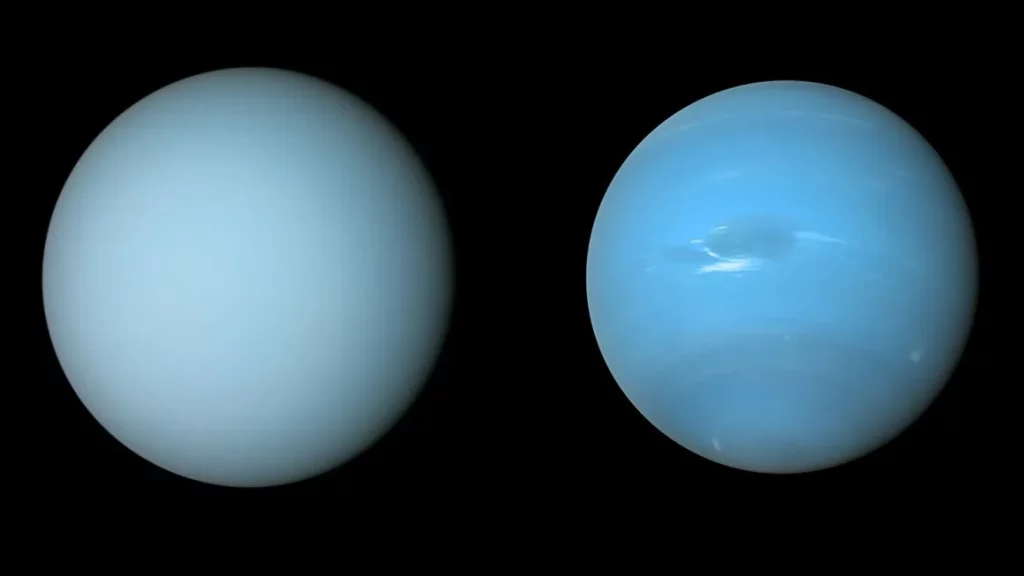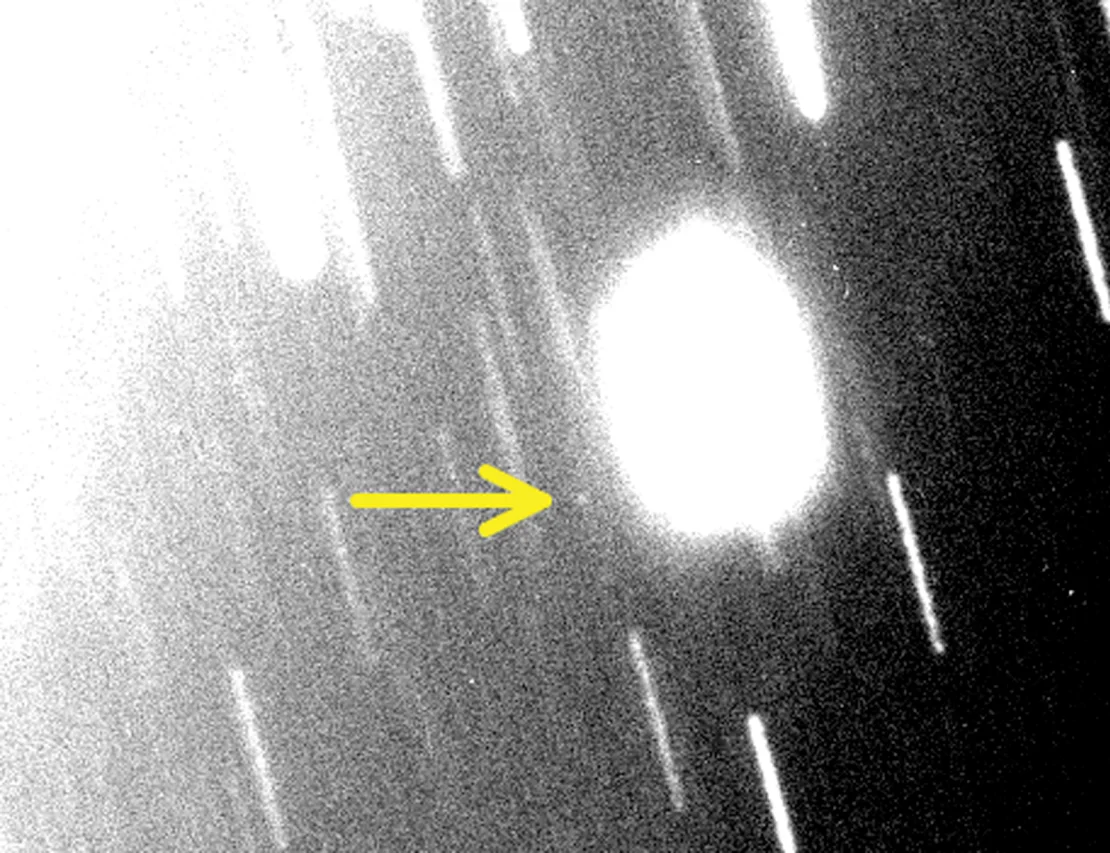
Astronomers have identified three previously undiscovered moons around Uranus and Neptune, the solar system’s most distant planets. The finding comprises one moon orbiting Uranus, the first of its sort in more than 20 years, and two in Neptune’s orbit.
“The three newly discovered moons are the faintest ever found around these two ice giant planets using ground-based telescopes,” said Scott S. Sheppard, an astronomer at Carnegie Institution for Science, in a release. “It took special image processing to reveal such faint objects.”
The discoveries will be useful for future missions that may be planned to investigate Uranus and Neptune more carefully, which has been a focus for astronomers since the ice planets were only spotted in detail by Voyager 2 in the 1980s.
The International Astronomical Union’s Minor Planet Centre reported the three moons on February 23.
Finding faint moon
The newly discovered Uranian moon is the 28th to be detected orbiting the ice giant, and it is most likely the smallest, measuring 5 miles (8 km) wide. The moon, S/2023 U1, completes one round around the planet every 680 Earth days. In the future, the small satellite will be named after a Shakespearean figure, continuing Uranus’ history of moons carrying literary names.
Sheppard discovered the Uranian moon in November and December while doing studies with the Magellan telescopes at Chile’s Las Campanas Observatory. He collaborated with Marina Brozovic and Bob Jacobson from NASA’s Jet Propulsion Laboratory in Pasadena, California, to calculate the moon’s orbit.
The Magellan telescopes also helped Sheppard discover the brighter of the two new Neptunian moons, S/2002 N5. The Subaru telescope, located on Hawaii’s dormant volcano Mauna Kea, assisted Sheppard and his collaborators, astronomer David Tholen from the University of Hawaii, astronomer Chad Trujillo from Northern Arizona University, and planetary scientist Patryk Sofia Lykawka from Kindai University in Japan, in focusing in on the other extremely faint Neptunian moon, S/2021 N1.
Both moons, which raise Neptune’s total known natural satellites to 18, were discovered in September 2021 but required additional studies with various telescopes over the last several years to confirm their orbits.
“Once S/2002 N5’s orbit around Neptune was determined using the 2021, 2022, and 2023 observations, it was traced back to an object that was spotted near Neptune in 2003 but lost before it could be confirmed as orbiting the planet,” Sheppard said in a statement.

The brilliant S/2002 N5 moon is 14 miles (23 kilometres) in diameter and takes about nine years to complete an orbit around Neptune, but the dim S/2021 N1 moon is around 8.7 miles (14 kilometres) wide and has a 27-year orbit. Both will eventually be given new names inspired by Greek mythology’s Nereid sea goddesses. Neptune was named after the Roman deity of the sea, and the planet’s moons are named after minor sea gods and nymphs.
Finding all three moons required dozens of short, five-minute exposures spread out over three or four hours on many evenings.
“Because the moons move in just a few minutes relative to the background stars and galaxies, single long exposures are not ideal for capturing deep images of moving objects,” she added. “By layering these multiple exposures together, stars and galaxies appear with trails behind them, and objects in motion similar to the host planet will be seen as point sources, bringing the moons out from behind the background noise in the images.”
A chaotic solar system
Shepard hypothesised that the satellites were dragged into orbit around Uranus and Neptune shortly after their formation owing to the gravitational impact of the big planets. The outer moons of all the major planets of our solar system — Jupiter, Saturn, Uranus, and Neptune — have similar configurations.
“Even Uranus, which is tipped on its side, has a similar moon population to the other giant planets orbiting our Sun,” she added. “And Neptune, which likely captured the distant Kuiper Belt object Triton — an ice rich body larger than Pluto — an event that could have disrupted its moon system, has outer moons that appear similar to its neighbours.”
It’s likely that some of the moons orbiting the giant planets are remnants of larger moons that crashed with asteroids or comets and separated.
Understanding how the larger planets grabbed their moons allows astronomers to piece together the turbulent early days of our solar system.
